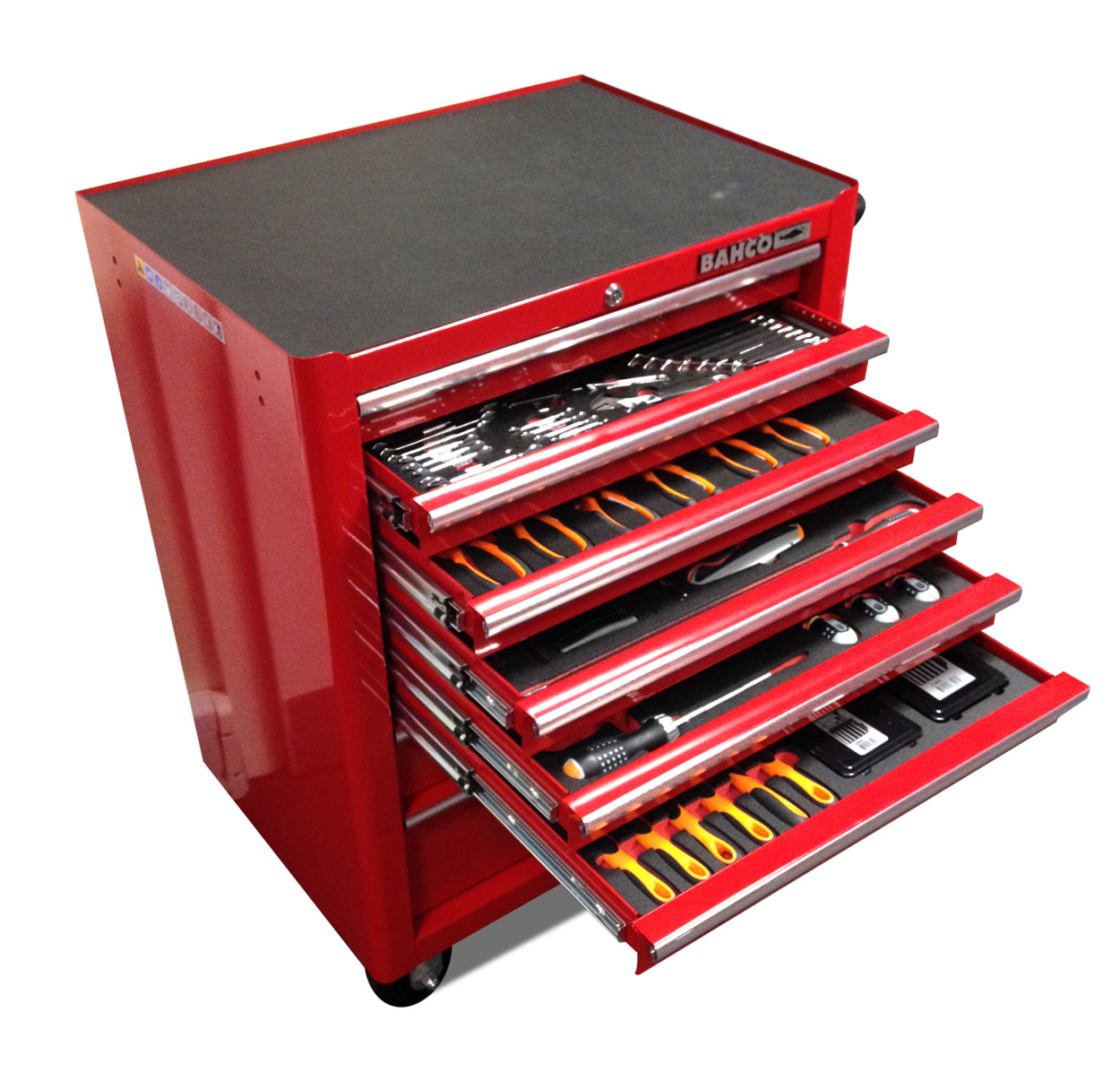

Articles
What Is A Tool Chest
Modified: August 17, 2024
Discover the benefits of having a tool chest in your workspace. Our articles provide valuable insights on different types, organization tips, and maintenance practices to keep your tools in prime condition.
(Many of the links in this article redirect to a specific reviewed product. Your purchase of these products through affiliate links helps to generate commission for Storables.com, at no extra cost. Learn more)
Introduction
A tool chest is an essential piece of equipment for any DIY enthusiast, handyman, or professional tradesperson. It serves as a storage solution for tools, keeping them organized, easily accessible, and protected. Whether you’re a carpenter, plumber, mechanic, or simply someone who loves tackling home improvement projects, a tool chest is a valuable investment that can greatly enhance your efficiency and productivity.
In this article, we’ll take a closer look at tool chests, exploring their importance, different types available, factors to consider before buying one, features to look for, and how to properly organize and maintain your tools. By the end of this article, you’ll have a comprehensive understanding of tool chests and be equipped with the knowledge to choose the right one for your needs.
So, let’s dive in and learn everything there is to know about this essential storage solution!
Key Takeaways:
- A tool chest is a vital investment for professionals and DIY enthusiasts, offering organization, tool protection, enhanced safety, and a professional image. It simplifies work, saves time, and boosts productivity.
- When choosing a tool chest, consider factors like size, material, security features, and mobility. Look for multiple drawers, smooth slides, locking mechanisms, and non-slip liners to enhance functionality and organization.
Read more: What Is A Crossover Tool Box
Definition of a Tool Chest
A tool chest, also known as a tool cabinet or tool box, is a storage unit designed specifically for organizing and storing tools. It is typically made of sturdy materials such as metal or durable plastic and is equipped with multiple drawers, compartments, and shelves to accommodate different types and sizes of tools.
The main purpose of a tool chest is to keep tools secure, protected from damage, and easily accessible. It eliminates the need to search through cluttered toolboxes or rummage through piles of tools, saving valuable time and frustration. A well-organized tool chest allows you to quickly locate the right tool for the job, enhancing efficiency and productivity.
Tool chests come in various sizes, ranging from small portable units to larger, heavy-duty cabinets. They can be standalone units or designed to be mounted on a workbench or wall. Some tool chests even come with wheels, making them easily transportable.
Now that we have a clear definition of what a tool chest is, let’s explore why it is such an important asset for anyone who works with tools.
Importance of a Tool Chest
A tool chest plays a crucial role in every workshop or workspace where tools are used. Here are a few key reasons why a tool chest is an essential investment:
- Organization and Efficiency: One of the primary benefits of a tool chest is its ability to keep your tools organized. With dedicated compartments and drawers, you can categorize your tools based on their type, size, or function. This allows for easy retrieval, saving you valuable time and effort. No more wasted minutes searching for a specific tool when you need it the most.
- Tool Protection: Tools can be quite expensive, and proper storage is essential to protect your investment. A tool chest provides a secure and protective environment for your tools, shielding them from moisture, dust, rust, and damage. The compartments and padding in a tool chest prevent tools from bumping into each other, reducing the risk of scratches or breakage.
- Enhanced Safety: A cluttered workspace can be hazardous, increasing the risk of accidents and injuries. By storing your tools in a tool chest, you can keep your work area clean and organized. This minimizes the chances of tripping over tools or being distracted by clutter, promoting a safer working environment.
- Portability: For those who work in different locations or require their tools on-the-go, the portability of a tool chest is a significant advantage. Some tool chests come equipped with wheels, making it easy to transport your tools wherever you need them. This is particularly beneficial for contractors, service technicians, or individuals who frequently move between job sites.
- Professional Image: If you’re a professional tradesperson, a well-organized tool chest not only enhances your efficiency but also presents a more professional image to your clients. It demonstrates that you take your work seriously and are committed to delivering high-quality results.
Overall, a tool chest is an indispensable asset that simplifies your work, protects your tools, and improves your overall efficiency and productivity. Now that we understand the importance of a tool chest, let’s explore the different types available to help you make an informed decision.
Types of Tool Chests
Tool chests come in a variety of types, each tailored to different needs and preferences. Understanding the different types can help you choose the right tool chest for your specific requirements. Here are some common types of tool chests:
- Mobile Tool Chest: As the name suggests, a mobile tool chest is designed for easy transportation. It typically features sturdy wheels and a telescoping handle, allowing you to move your tools effortlessly from one location to another. Mobile tool chests are popular among contractors, service technicians, and individuals who work in different areas.
- Stationary Tool Chest: A stationary tool chest is not designed for mobility and is usually larger and heavier than mobile counterparts. These chests are intended to be placed in a fixed location, such as a workshop or garage. They provide ample space for storing a wide range of tools and are generally more robust and durable.
- Rolling Cabinet: A rolling cabinet is a combination of a tool chest and a workbench. It typically features multiple drawers for tool storage and a sturdy work surface on top. The rolling cabinet provides a convenient workspace with the added advantage of mobility.
- Portable Tool Boxes: Portable tool boxes are smaller, compact options for those who don’t require a comprehensive tool storage solution. They are lightweight and easy to carry, making them ideal for DIY enthusiasts, hobbyists, and individuals who need to transport only a select few tools.
- Modular Tool Storage: Modular tool storage systems offer the flexibility to customize your storage solution according to your needs. These systems typically consist of separate tool chests or cabinets that can be stacked, connected, or arranged in different configurations. It allows you to expand your storage as your tool collection grows.
Consider your specific requirements, workspace limitations, and mobility needs when choosing the type of tool chest that suits you best. Now that we’re familiar with the types of tool chests available, let’s explore the important factors to consider before making a purchase.
Factors to Consider Before Buying a Tool Chest
When it comes to purchasing a tool chest, it’s important to consider a few key factors to ensure you make the right choice. Here are some factors to keep in mind:
- Size and Capacity: Assess the size of your tool collection and the space available in your workshop or garage. Consider the number and size of tools you need to store to determine the appropriate size and capacity of the tool chest. You want to ensure that it has enough space to accommodate your existing tools, as well as additional tools you may acquire in the future.
- Material and Durability: Look for tool chests made of durable materials such as steel or heavy-duty plastic. These materials provide sturdiness, longevity, and protection against potential damage. Consider the quality of construction, including the thickness of the materials and the strength of the hardware, to ensure that the tool chest can withstand the demands of daily use.
- Security Features: Tools can be valuable and prone to theft. Look for tool chests with reliable security features, such as lockable compartments or a central locking system, to prevent unauthorized access to your tools. A secure locking mechanism adds an extra layer of protection and peace of mind.
- Mobility: Evaluate your need for mobility. If you frequently need to transport your tools from one location to another, look for a tool chest with wheels and a sturdy handle for easy maneuverability. However, if you have a dedicated workspace and won’t be moving your tools often, a stationary tool chest may be a more suitable choice.
- Organization and Accessibility: Consider the internal organization of the tool chest. Look for multiple drawers, compartments, and dividers that will help you categorize and separate your tools effectively. Easy accessibility to tools is crucial, so choose a tool chest with smooth drawer slides and clear labeling options to quickly locate the desired tool.
- Budget: Determine your budget based on your needs and the quality you’re seeking. Tool chests come in a range of prices, so it’s important to find a balance between quality and affordability. Remember that investing in a durable and well-designed tool chest is a long-term investment that will pay off in terms of organization and tool protection.
By considering these factors, you’ll be able to narrow down your options and choose a tool chest that meets your specific requirements. Once you’ve made your purchase, it’s essential to know what features to look for in a tool chest. We’ll explore this in the next section.
When choosing a tool chest, consider the size and weight capacity you need, as well as the number and type of tools you plan to store. Look for durable materials and secure locking mechanisms for added security.
Read more: What Size Tool Box For F150
Features to Look for in a Tool Chest
When selecting a tool chest, it’s essential to consider the features that will enhance its functionality and usability. Here are some key features to look for:
- Multiple Drawers: Opt for a tool chest with multiple drawers in various sizes. This allows you to organize your tools efficiently, with each drawer dedicated to specific types or sizes of tools.
- Smooth Drawer Slides: Ensure that the drawers have smooth gliding mechanisms. This makes it easier to open and close the drawers without jamming or sticking, providing seamless access to your tools.
- Locking Mechanism: Look for a tool chest with a reliable locking mechanism. This ensures the security of your tools and prevents unauthorized access. It could be a central locking system that secures all the drawers or individual locks on each drawer.
- Ball-Bearing Slides: Consider tool chests with ball-bearing slides. This feature enhances the stability and weight-bearing capacity of the drawers, even when fully loaded with heavy tools.
- Non-Slip Drawer Liners: Non-slip drawer liners prevent your tools from sliding around and getting damaged during transportation. They also offer extra protection against scratches and provide a soft surface for delicate tools.
- Weight Capacity: Evaluate the weight capacity of the tool chest, especially if you have heavy tools. Ensure that it can handle the weight of your tools without compromising the structural integrity.
- Tool Tray: Some tool chests come with an integrated tool tray that sits on top of the chest. This provides quick and easy access to frequently used tools or small parts, eliminating the need to open multiple drawers.
- Portability: If you require mobility, look for a tool chest with built-in wheels and a sturdy handle. This allows you to move the tool chest effortlessly and ensures smooth transportation of your tools.
- Labeling Options: Consider tool chests with labeling options such as removable labels or built-in label holders. This makes it easier to identify the contents of each drawer, saving time and improving organization.
- Power Strip Integration: Some advanced tool chests offer integrated power strips, allowing you to conveniently power your tools or charge batteries while keeping them securely stored.
By prioritizing these features based on your specific needs, you can find a tool chest that offers the functionality and convenience you require. Now that you have a better understanding of the features to look for, let’s move on to the next section: organizing tools in a tool chest.
Organizing Tools in a Tool Chest
Properly organizing your tools in a tool chest is essential to maximize efficiency and ensure easy access. Here are some tips to help you organize your tools effectively:
- Categorize your tools: Group your tools based on their type, function, or size. This will help you identify where each tool belongs and make it easier to locate them when needed.
- Utilize the drawers: Use the different drawers in your tool chest for specific tool categories. Place wrenches in one drawer, screwdrivers in another, and so on. Label the front of the drawers or use removable labels to indicate the contents, allowing for quick identification.
- Consider tool foam inserts: Tool foam inserts are a great way to keep your tools organized and prevent them from moving around within the drawers. These custom-cut foam inserts hold each tool securely in place, reducing the risk of damage and making it easier to locate and retrieve tools.
- Arrange tools by frequency of use: Place frequently used tools in the top drawers or in a tool tray on top of the tool chest for easy access. Less commonly used tools can be stored in lower drawers.
- Keep small parts organized: Use small containers, dividers, or compartments within the drawers to keep small parts, such as nails, screws, or drill bits, neatly organized and easily accessible.
- Take advantage of pegboards or tool hangers: If your tool chest has a back panel or side panel with holes or slots, consider using pegboards or tool hangers. These allow you to hang tools such as pliers, wrenches, or hammers, keeping them visible and readily available.
- Maintain a clean and clutter-free workspace: Regularly clean your tool chest to remove any debris, dust, or oil that may accumulate. This not only keeps your tools in good condition but also prevents dirt from spreading to other tools.
- Encourage a “put away” mindset: Develop a habit of putting your tools back in their designated places after each use. This saves time and ensures that your tools are always organized and ready for the next task.
By implementing these organizational strategies, you can maintain a tidy and efficient tool chest that allows for quick and easy access to your tools, ultimately enhancing your productivity. Now let’s move on to the importance of maintenance and care for your tool chest.
Maintenance and Care of a Tool Chest
Proper maintenance and care of your tool chest are essential not only for keeping it in good condition but also for ensuring the longevity and functionality of your tools. Here are some important maintenance tips to follow:
- Regular Cleaning: It’s important to regularly clean your tool chest to remove dust, debris, and any oil or grease that may accumulate. Use a soft cloth or a brush to wipe down the surfaces and clean the drawers thoroughly.
- Prevent Rust: To prevent your tools from rusting and damaging the interior of your tool chest, make sure they are clean and dry before storing them. Consider using moisture-absorbing packets or silica gel packs to control humidity levels within the tool chest.
- Lubricate Moving Parts: Lubricate the drawer slides and hinges periodically to ensure smooth operation. Use a silicone-based lubricant or a recommended lubricant to reduce friction and prevent sticking or jamming of the drawers.
- Check for Loose Fasteners: Regularly inspect the fasteners, such as screws and bolts, on your tool chest. Tighten any loose ones to maintain the structural integrity of the chest.
- Inspect and Replace Damaged Parts: Regularly inspect your tool chest for any signs of damage, such as dents, cracks, or broken drawer handles. If you notice any damaged parts, promptly replace or repair them to prevent further issues.
- Keep Tools Secure: Ensure that your tools are properly secured within the tool chest, especially during transportation. Loose tools can cause damage to the chest and other tools. Use foam inserts, dividers, or tool rolls to keep the tools in place.
- Protect the Exterior: Depending on the material of your tool chest, you may need to apply a protective coating or wax to the exterior surfaces to prevent scratches, rust, or other forms of damage.
- Store in a Dry Environment: It is essential to store your tool chest in a dry and well-ventilated environment. Moisture can cause rust and damage to both the chest and the tools. Avoid storing your tool chest in areas prone to high humidity or temperature fluctuations.
By following these maintenance and care practices, you can ensure that your tool chest remains in optimal condition, extending its lifespan and preserving the functionality of your tools. Now that we’ve covered the importance of maintenance, let’s wrap up the article.
Conclusion
A tool chest is an essential investment for anyone working with tools, whether you’re a professional tradesperson or a DIY enthusiast. It provides a multitude of benefits, including organization, tool protection, enhanced safety, and professional image. By keeping your tools organized and easily accessible, a tool chest saves you time and allows you to work more efficiently. It protects your tools from damage, prolonging their lifespan and ensuring they’re always in optimal condition.
When choosing a tool chest, consider factors such as size, material, security features, and mobility to find the right fit for your needs. Look for features like multiple drawers, smooth drawer slides, locking mechanisms, and non-slip drawer liners to enhance functionality. Once you have your tool chest, organize your tools based on categories, utilize dividers and foam inserts, and maintain a clean workspace to optimize efficiency and keep your tools in great shape.
Regular maintenance is key to extending the lifespan of your tool chest. Clean it regularly, prevent rust, lubricate moving parts, and inspect for any damage or loose fasteners. By taking care of your tool chest, you’re taking care of your valuable tools as well.
In conclusion, a well-chosen and properly maintained tool chest is an invaluable asset for any tool user. It simplifies your work, protects your investment, and boosts your productivity. So, invest in a quality tool chest, organize your tools effectively, and enjoy the benefits of a well-kept workspace. Happy tooling!
Frequently Asked Questions about What Is A Tool Chest
Was this page helpful?
At Storables.com, we guarantee accurate and reliable information. Our content, validated by Expert Board Contributors, is crafted following stringent Editorial Policies. We're committed to providing you with well-researched, expert-backed insights for all your informational needs.
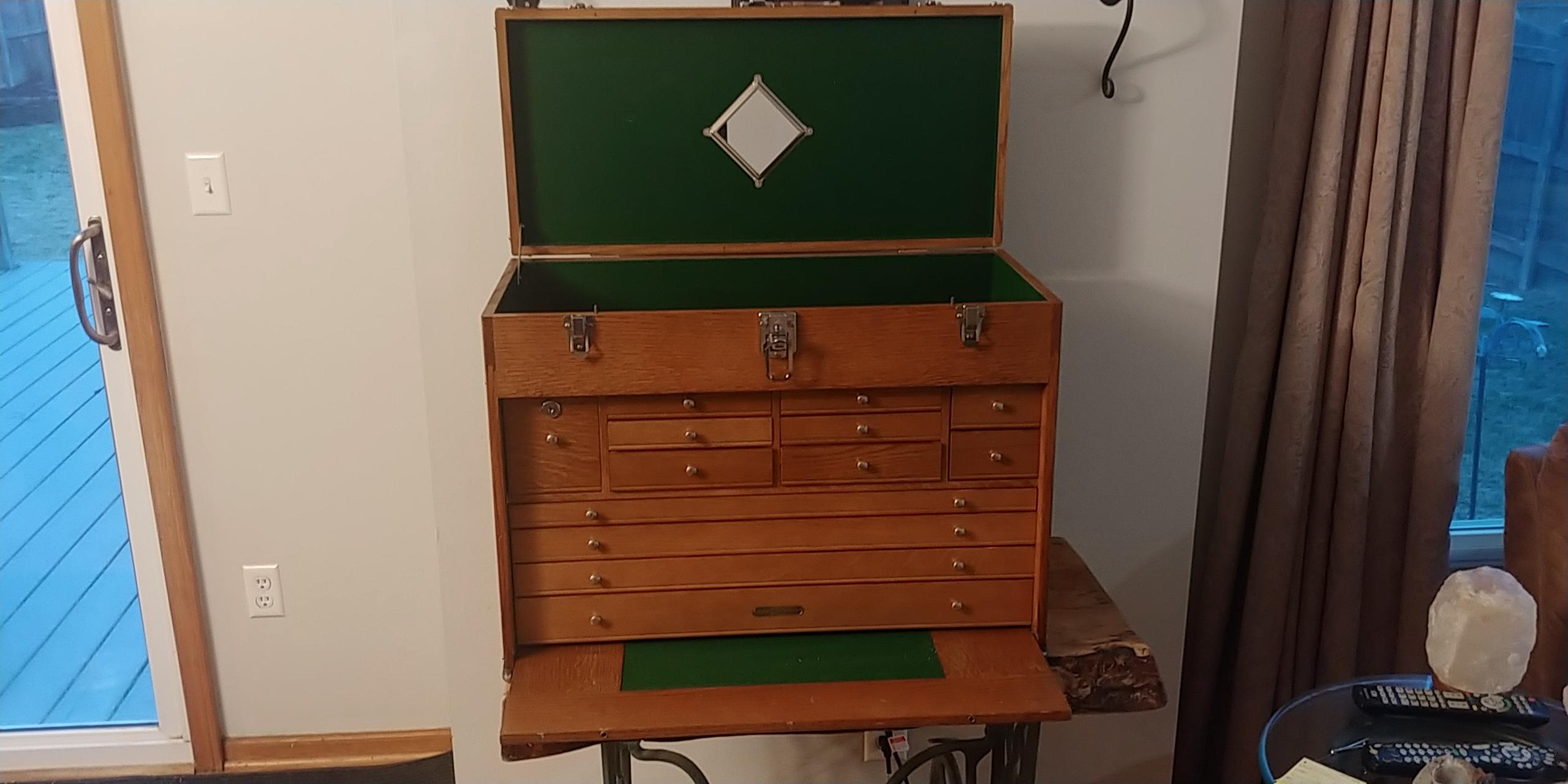
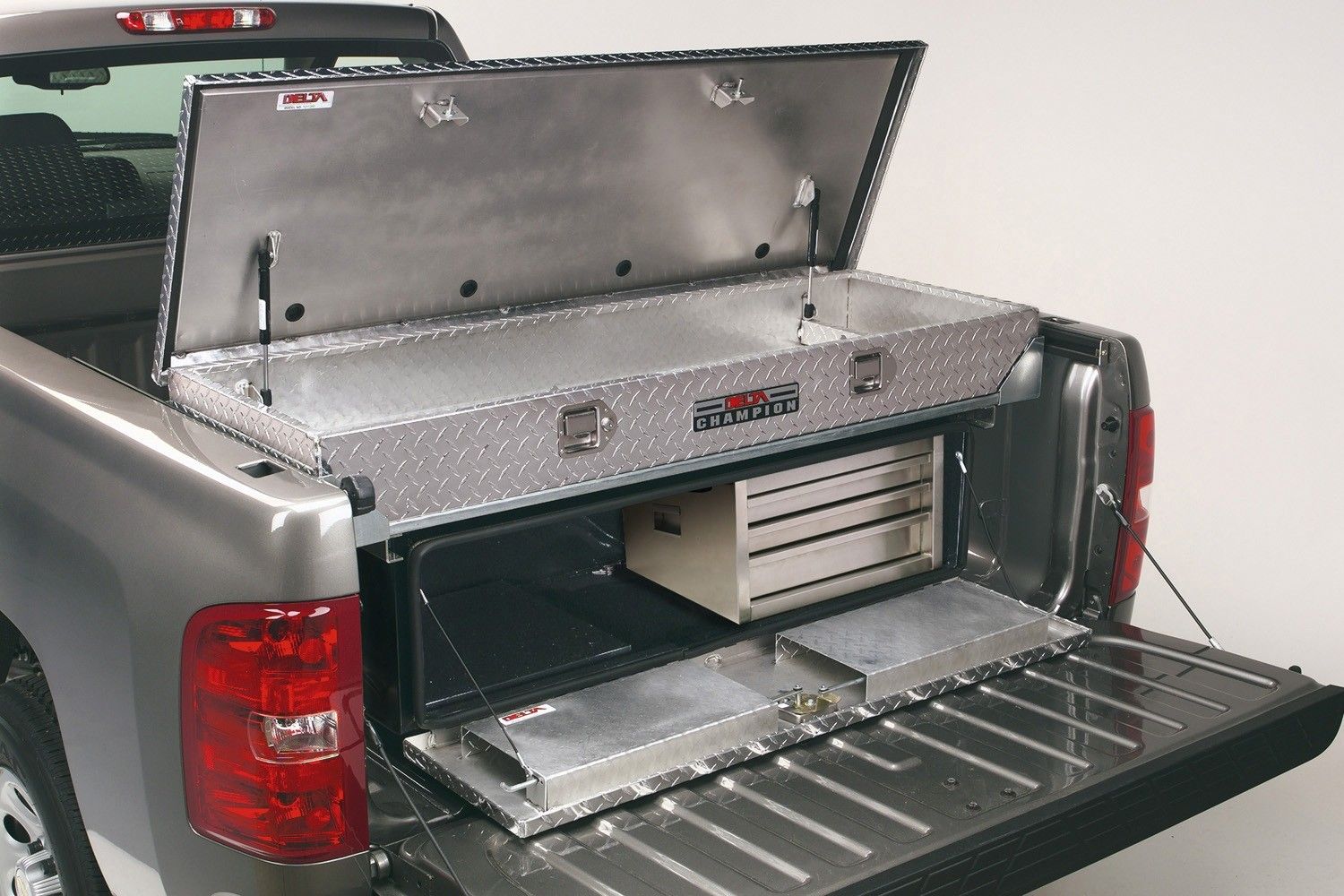
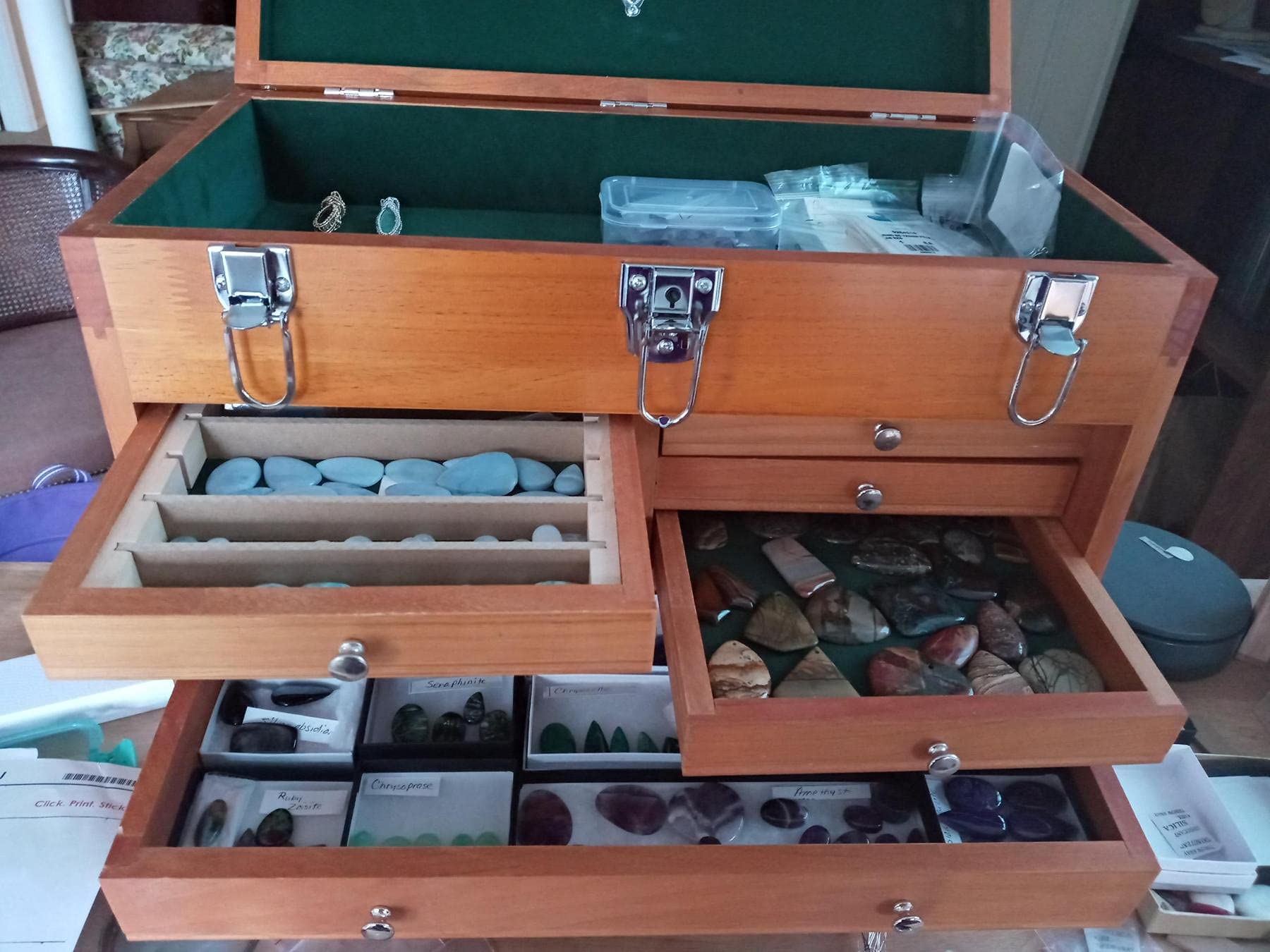
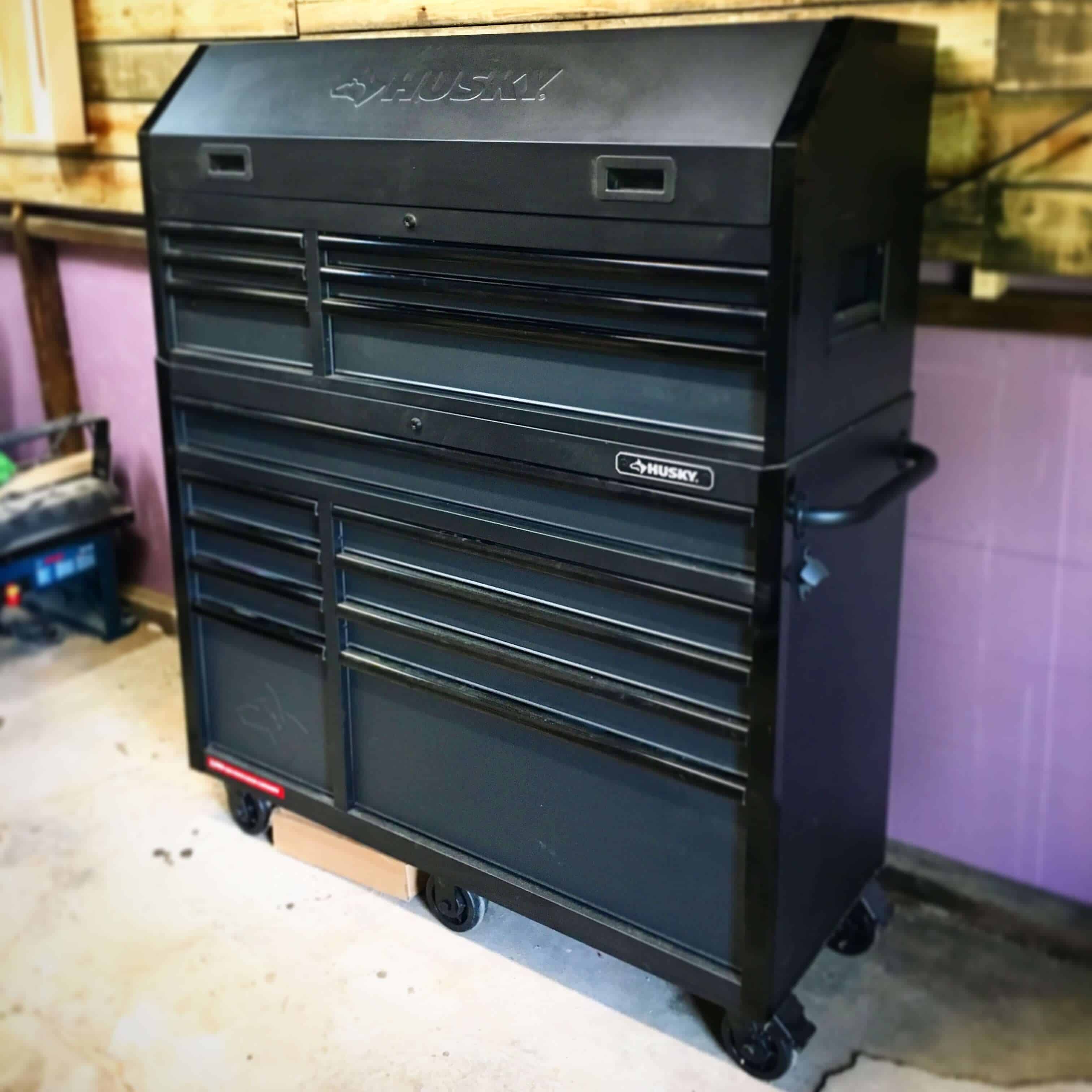
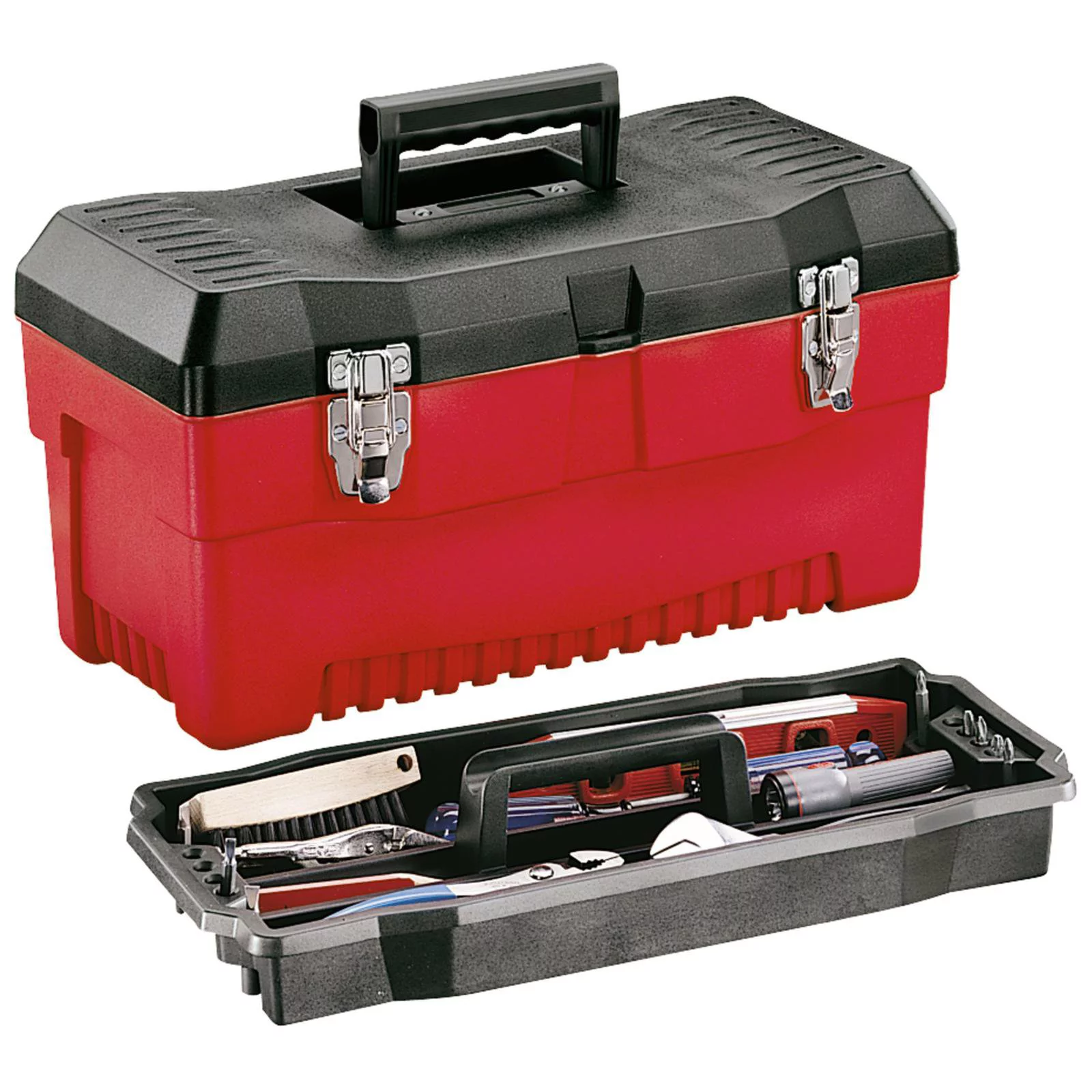
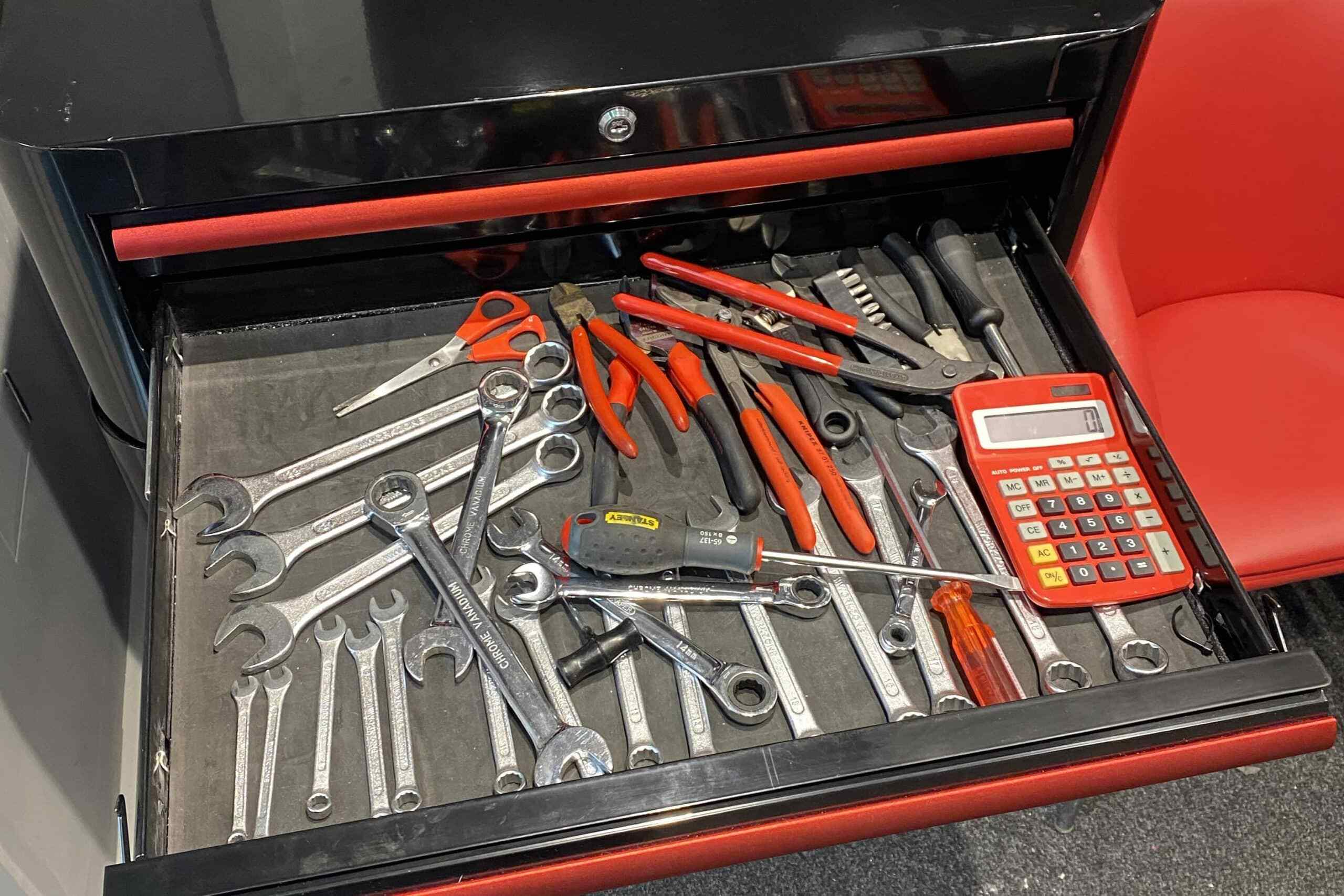
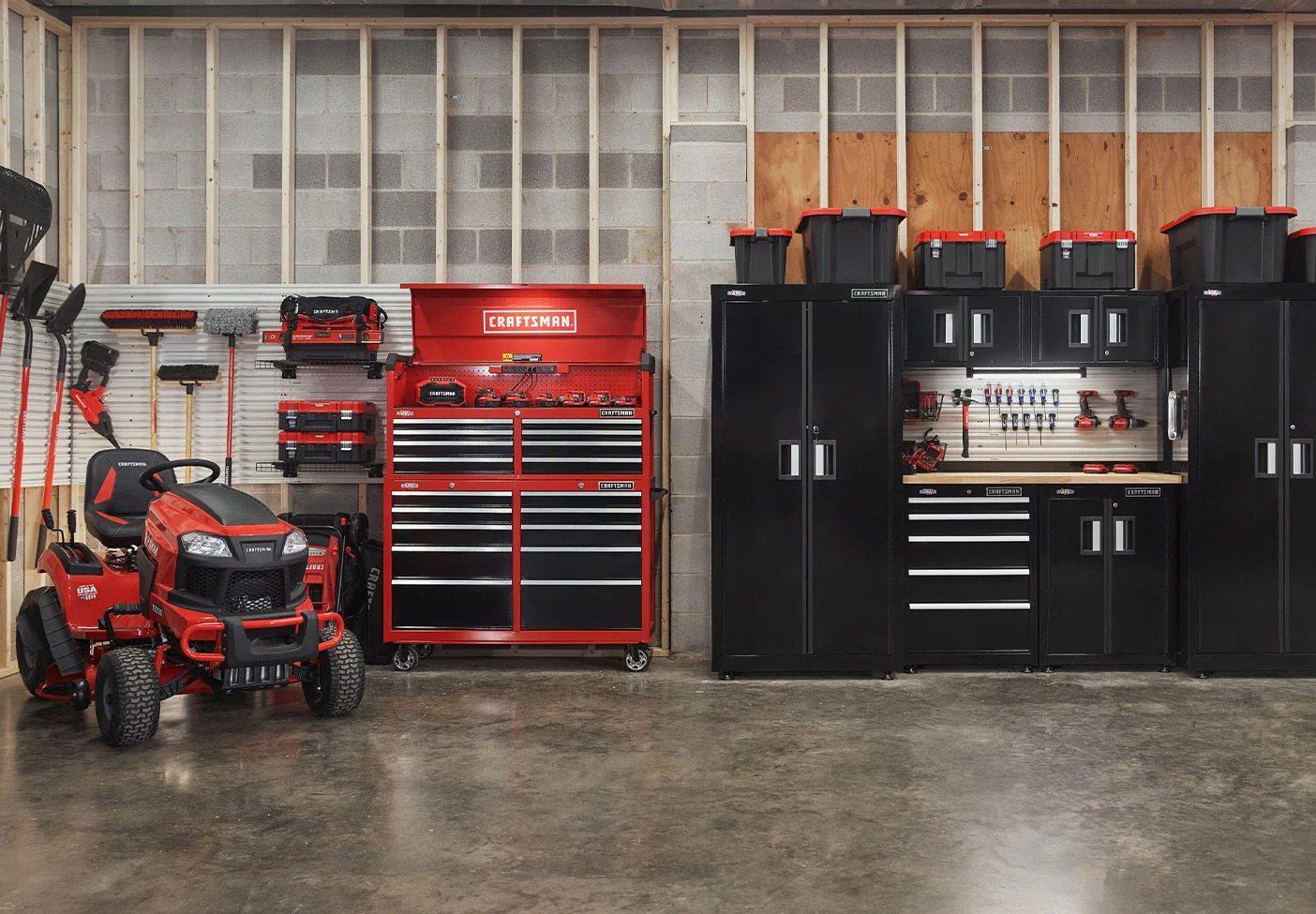
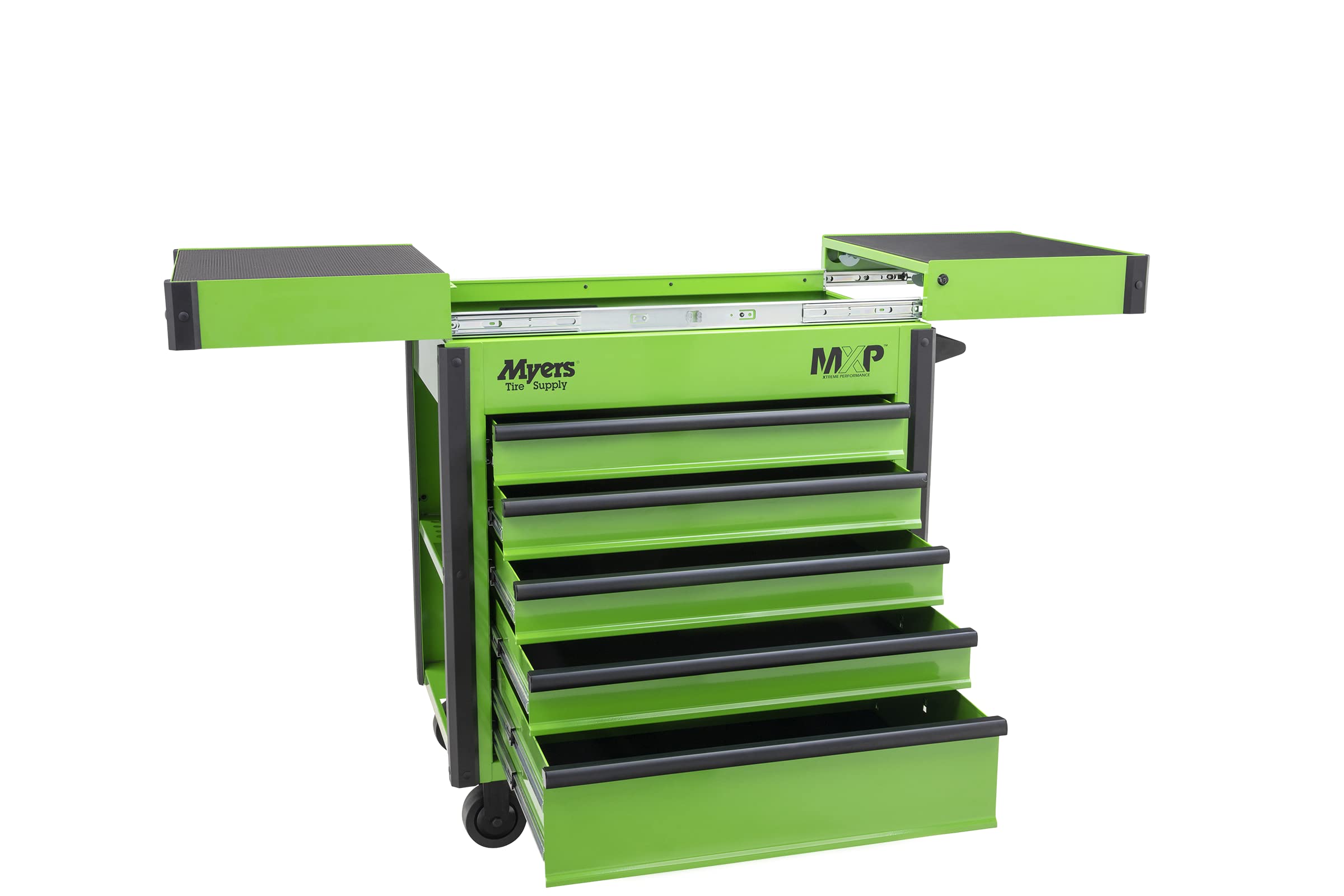
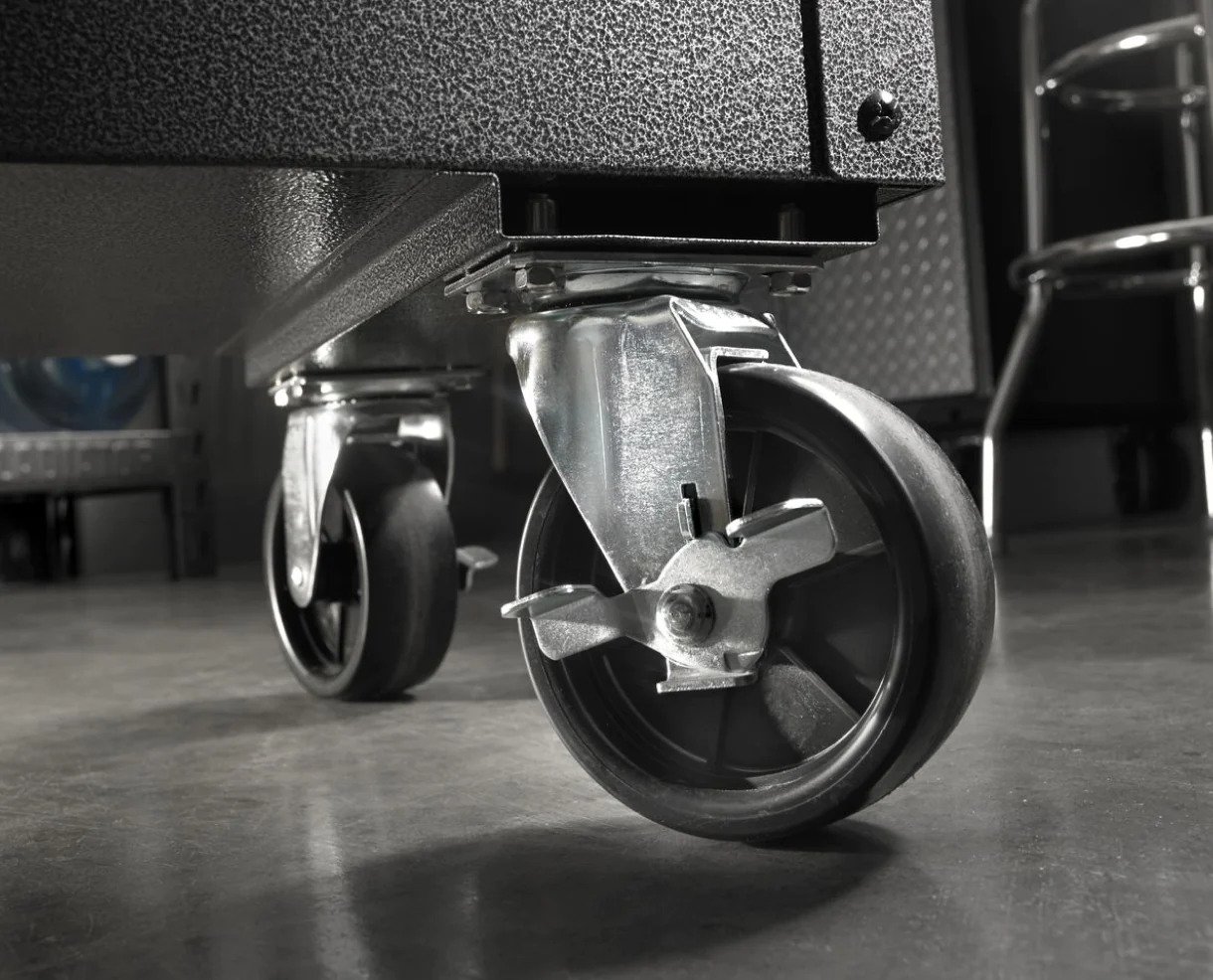
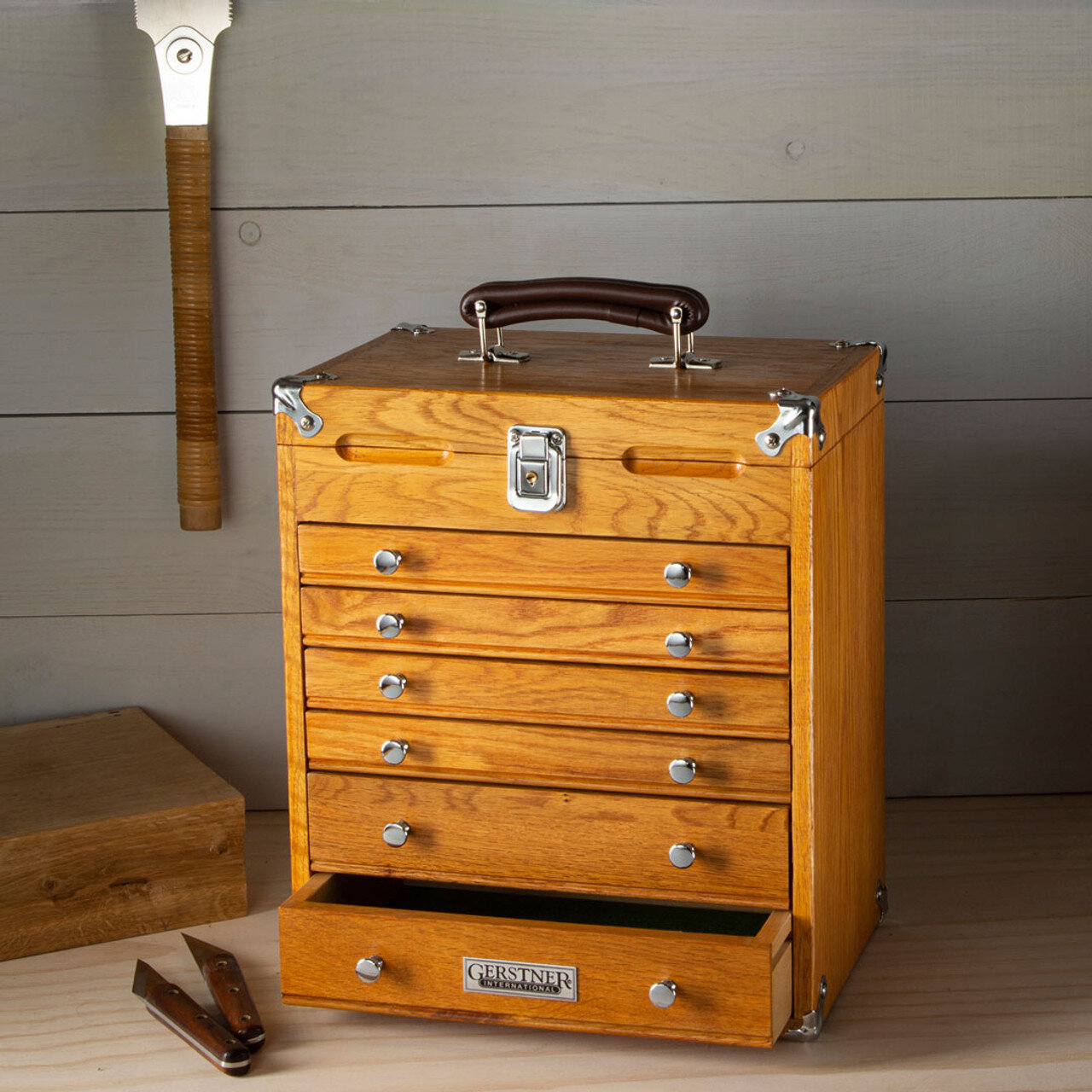
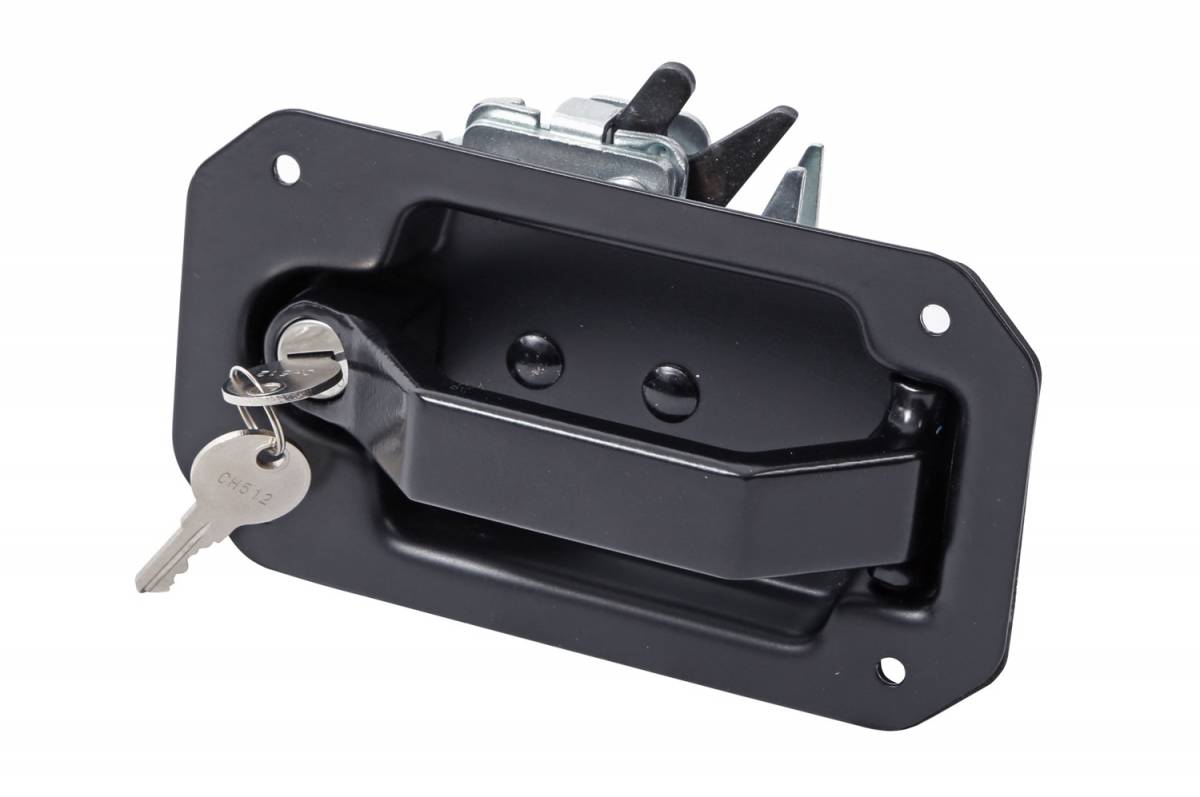
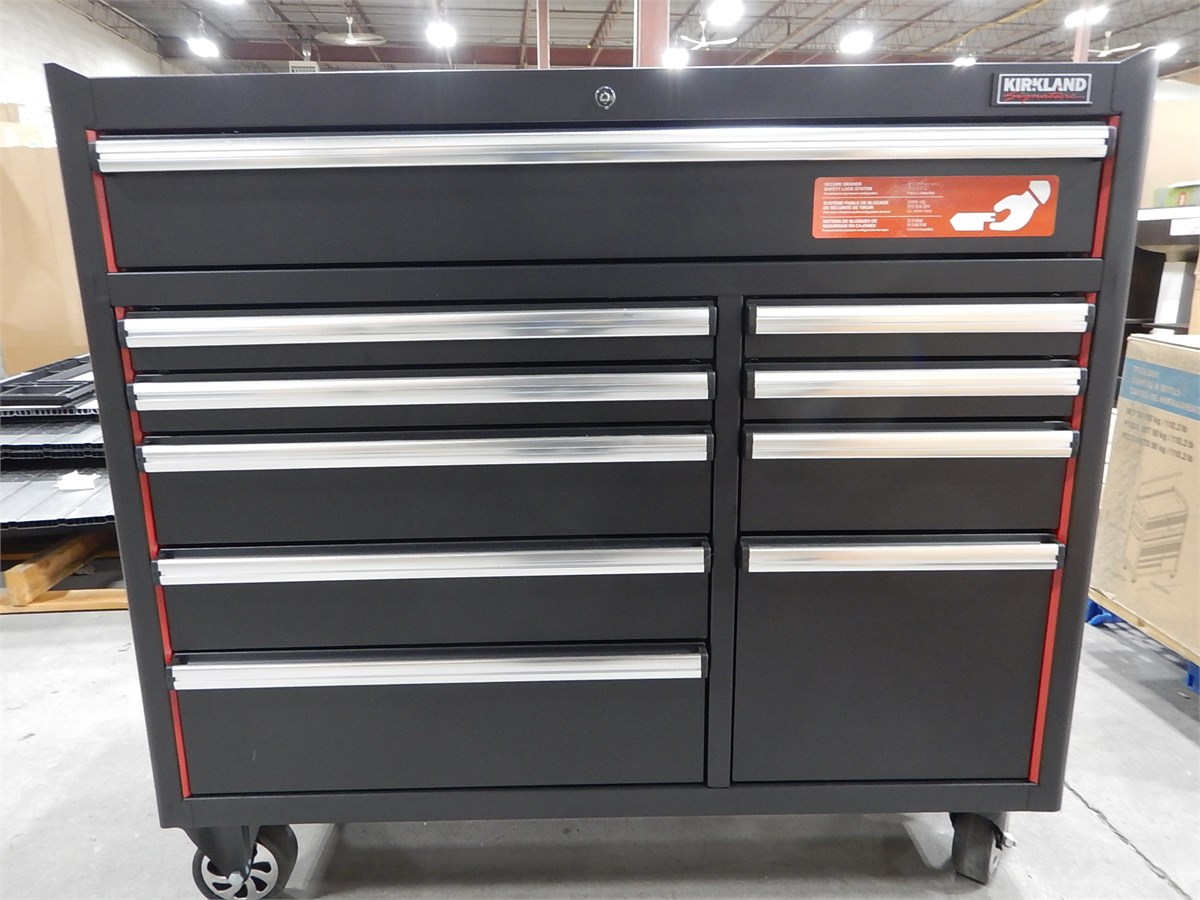
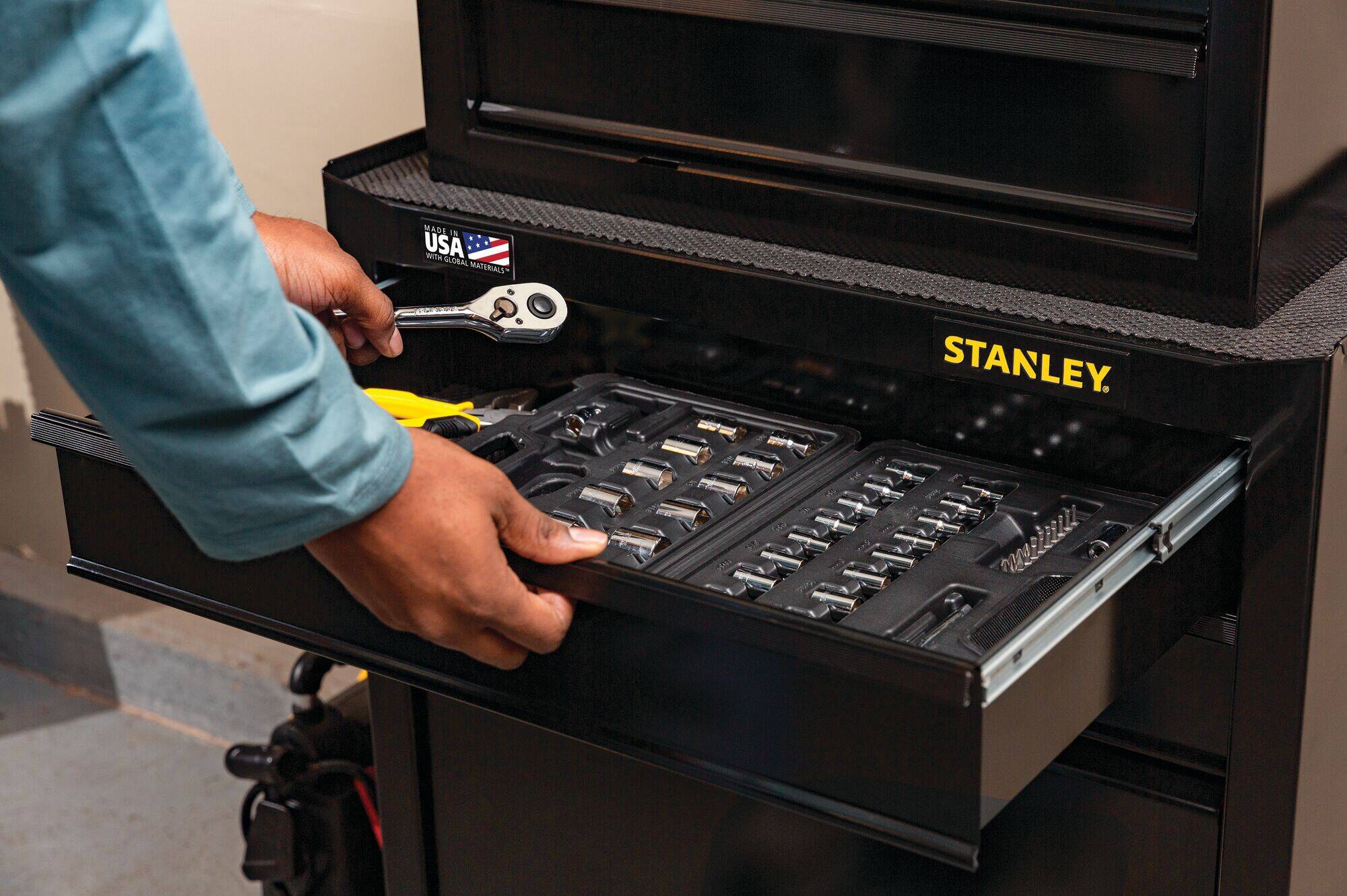
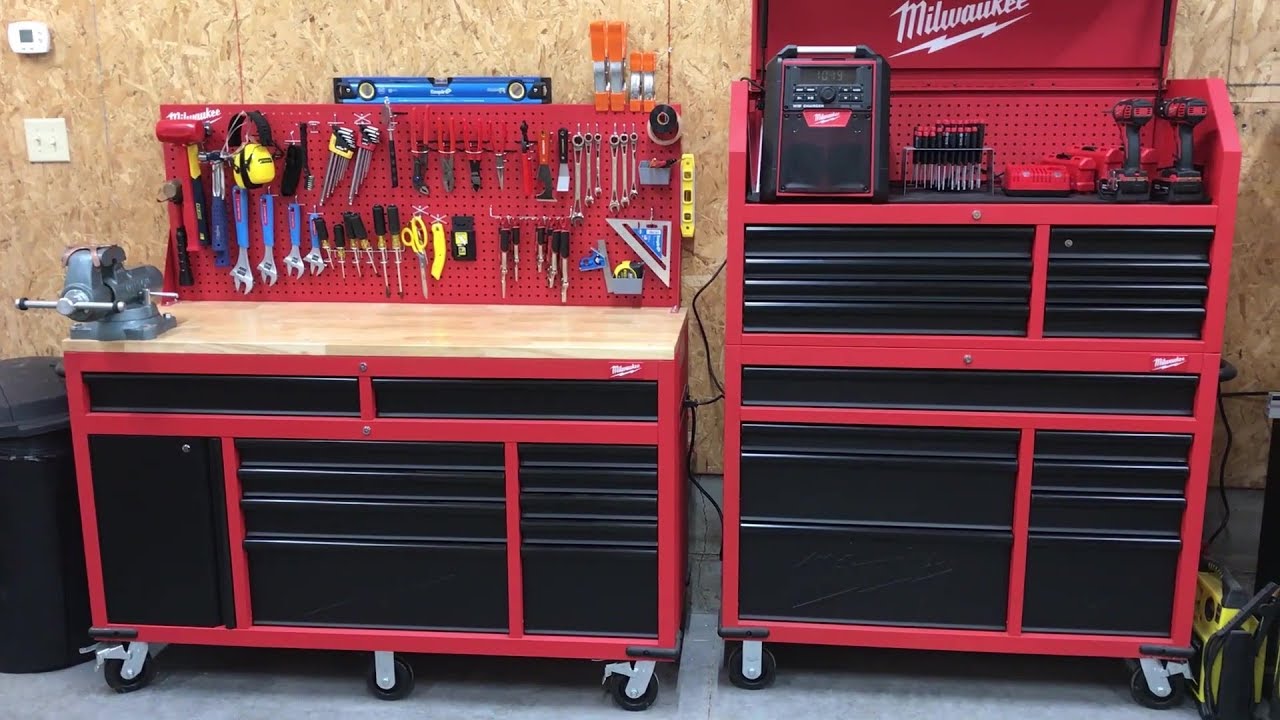

0 thoughts on “What Is A Tool Chest”